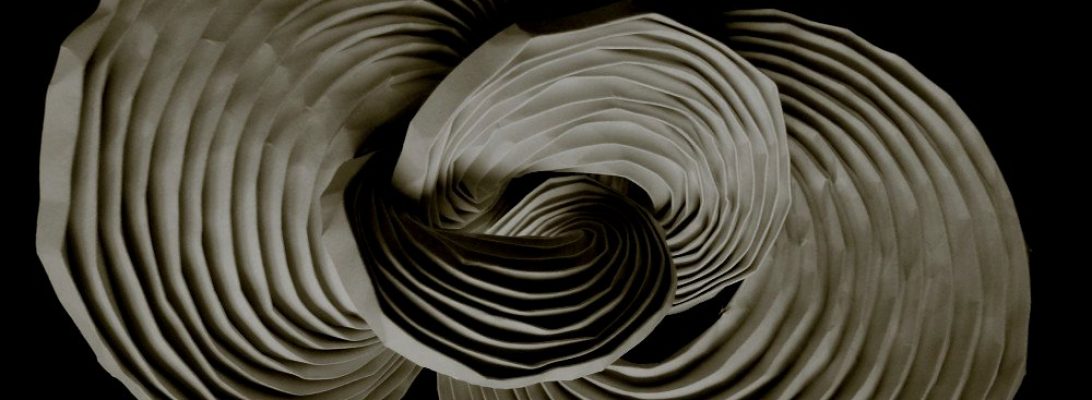… so I was thinking through a waterproof container, being inspired by a paper cup I dismantled from a water cooler, and came across this design:
Working with an A4 page, and inscribing, via a simple half-third intersection and some simple geometric construction, an octagonal base, sides radiating from it and pleats to tuck away the excess paper, a container was born.
Because the base was centred 1/3 of the way down the page, there was, by design, enough paper to fashion a rather nice handle.
Very happy with this – rare that a design in my head so closely matches what later manifests on paper, and I might get around to diagramming it someday – the basic form however is pretty obvious in retrospect.
By varying the size of the base you get a taller or squatter container. By flaring the radiating sides, the container is more conical than cylindrical – all interesting. Mastering the pleats necessary to make the handle is interesting and as an added bonus the ends tuck away locking in position inside a facet gusset – neat indeed.
I trialled it in clear plastic, scoring the creases with a stylus before reinforcing them – tough going actually as the plastic had memory and continued to try to unfold. Interestingly, the finished article was waterproof and strong enough to be held by the handle while containing water so it is functional as well as pretty beautiful.
I know a gnome that needs this, so the next step was to make one to size and put it in his hands:
Squiffy now has his pint.





































